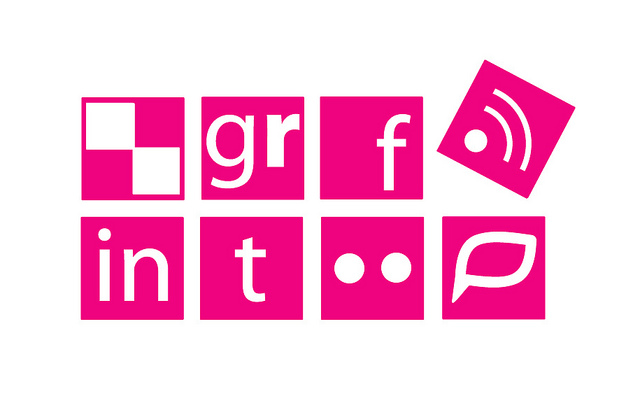
Photo courtesy of Jen Stamps (Creative Commons)
Gain insight from your key supporters to ignite sharing activity
Target audience: Nonprofits, cause organizations, foundations, NGOs, social enterprises, businesses, marketers.
 Technology has blessed your community with more sharing power than ever before. The ability to retweet, like and pin with increased ease is what helped launch the slactivist movement.
Technology has blessed your community with more sharing power than ever before. The ability to retweet, like and pin with increased ease is what helped launch the slactivist movement.
Even though sharing has gotten easier, getting people to share still feels like pulling teeth.
So how do you get people to share your content? Here are five mind-shifts to remember:
Start with your database
1The people who are most likely to share your content are in your donor database and email list. Before you waste time trying to target specific audiences on Facebook (which you can easily do), make sure you’ve worked your database first. They are better spokespeople for your cause than you are.
Become one of them
2If you’re thinking on some level (even subconsciously) that your job is to get people to do something, stop it. You can’t make people do anything – especially if they don’t trust you.
What you can do is find the people who are already talking about your cause, and join their conversations. Quite naturally, on their own terms, they’ll accept you as one of their own.
Respect the blogger

3Don’t hire an amateur do a mass copy-and-paste blogger outreach campaign. Instead, create a strategy that truly motivates them to share your campaign with their audience.
Keep in mind that bloggers are in it for the long haul like you are. When the campaign is over, don’t disappear. Continue to demonstrate your sincere interest in their blog with comments and retweets.
Think about how you share
4Think about the last time you shared a video on YouTube. How did you share it? Did you email it, tweet it or post it on Facebook?
More importantly, why did you share it? Was it funny? Did it make you angry?
You can better understand the research about viral content if you look at what motivates your own sharing.
Huddle up with your 1 percent

Photo by arizonarepublic (Creative Commons)
5If you haven’t already, begin to identify your champions. Create a private venue using a Facebook Group so that you can deepen your connection with these folks. When it’s time to launch a tightly defined fundraising effort, they’ll be ready to go.
What makes your community share?John Haydon delivers social web strategy solutions for “the quick, the smart, and the slightly manic.” Curious? Then visit the John Haydon blog, follow him on Twitter or leave a comment.
 This work is licensed under a Creative Commons Attribution-NonCommercial 3.0 Unported.
This work is licensed under a Creative Commons Attribution-NonCommercial 3.0 Unported.









Thanks, John, all good tips. I actually disagree with the opening of your tip #2, though.
If you’re not getting people to do things on your organization’s behalf, you shouldn’t bother with social media. The ultimate goal is not just engagement but to advance your goals and mission. And often people come to a site, don’t see a call to action, and then leave. The majority of folks visiting a site aren’t talking about the site or your cause, so they need a little prompting. Not a hit-’em-over-the-head rolling pin, but a little encouragement, including an ask.
Maybe we agree on that, but that’s it’s just a matter of degree and emphasis? So, charity: water doesn’t just ask you for money, they ask you to help in the fundraising effort by donating your birthday or running a my.charitywater.org page.